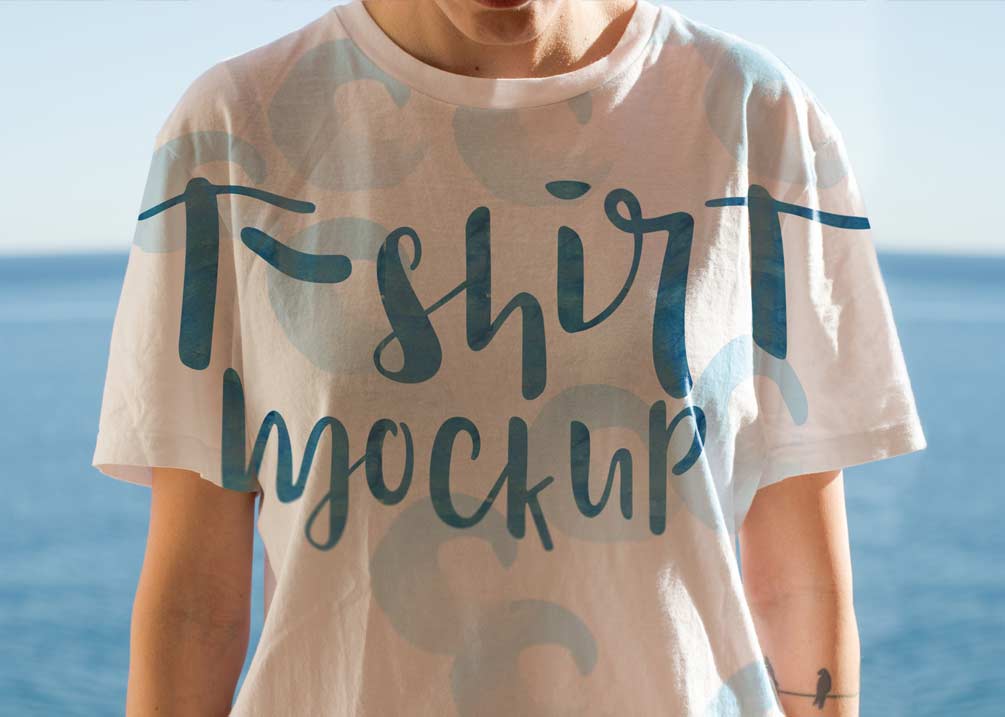During the pandemic the role of e-commerce and stay-at-home orders and delivery has increased. This has created lots of opportunities for entrepreneurs, including startups. However, not every online business is destined to succeed. This is due to the changes in consumer behavior and preferences, so let’s turn to key trends identified in the course of many industry studies:
- Consumers want personalization;
- Consumers want brands to be actively involved in projects related to environment protection;
- Consumers pay close attention to the privacy policies of the companies’ websites.
All these requirements are fully met by the growing Print on Demand business.
Personalization at the level of individual product design for each specific customer, environmentally friendly due to only on demand production, advanced technologies and additional tools for customers’ personal information protection put this type of e-commerce stores to favorites of consumers.
For retailers, it makes sense because of the same reasons, plus because of dozens of creativity, monetization and scaling options. Moreover, POD startups can use their own analytics and insights tool – PodZa – right in their websites and apps, what makes the work processes much more easy and faster.
So, now let’s take a look on how to start a POD business from a scratch, here are 5 fundamental steps to take it right.

Step 1: Define your product concept and niche
Don’t choose a goal to sell anything. Think about what is closer to you, what products you would like to create and what your target audience needs. For the latter, analyze your market. You can do it both yourself by exploring researches and expert reviews, and with the help of analysts. If your concept generates your product idea, you’re already on a halfway to success. And don’t forget that the end product should meet the idea. People will not pay for words which are not supported by actions that are embodied in the product they’ve just purchased.
Step 2: Plan your budget and production strategy
POD business is one of such startup projects that require a minimum budget to start, because you do not need to purchase hundreds of products that you plan to sell. Most of the investment covers the costs of development of the website or application, as well as advertising. Plan with the look on the amount you can spend. Don’t invest a lot of money at once in all promotion channels and the most advanced tools. Move forward gradually.
Step 3: Build partnerships
Perhaps, the most important factor in the success of your POD business is partnering with suppliers. Connect with your partners frequently to make sure everything is going according to your plan. Before agreeing to cooperate, test the delivery speed, quality of order fulfillment and prices. Especially, if partners’ company/production located in a different country than yours. Don’t spare funds for a trial order – if it’s successfully completed, you will recoup this amount, and in case of failure, you will avoid even greater losses (not only money, but customers as well). Also try to get a free trial order, perhaps the partner company can afford it.
Step 4: Find your first customer
In the new era of Internet it would be superfluous to say that efforts should be directed to online channels. For a business like POD, you need to use all digital advertising platforms, and of course, social media. Gen Z and millennials are the majority of e-commerce consumers, but the presence of older generations has grown significantly over the past year. Returning to surveys and studies, most of them show that for many product categories, consumers plan to continue shopping online even after the pandemic ends and stores open.

Step 5: Test, iterate, improve
After successfully completing multiple orders, don’t feel like it’s time to stop! Continue to develop your product and its concept in relation to what your customers want. Improve personalization by using their feedback: read reviews and testimonials of your customers, and also contact them yourself. This way, you can not only keep abreast of audience sentiments, but also develop brand loyalty and increase brand awareness. More valuable is that consumers will know that you care about them and are trying to find solutions to their problems.
Conclusion
The main takeaway of this post is that it’s not difficult to start Print on Demand business if you approach this issue responsibly and think through all the basic steps described here. The challenge is to continue to improve your product, find new, more profitable partnerships, scale to desired markets, and create products from scratch and in a new way with every order you’re getting.
The commitment to your idea, striving to make the world around you better, thinking not only about profit, but also about contributing to the other people’s lives will become strong support in launching and running your business.
